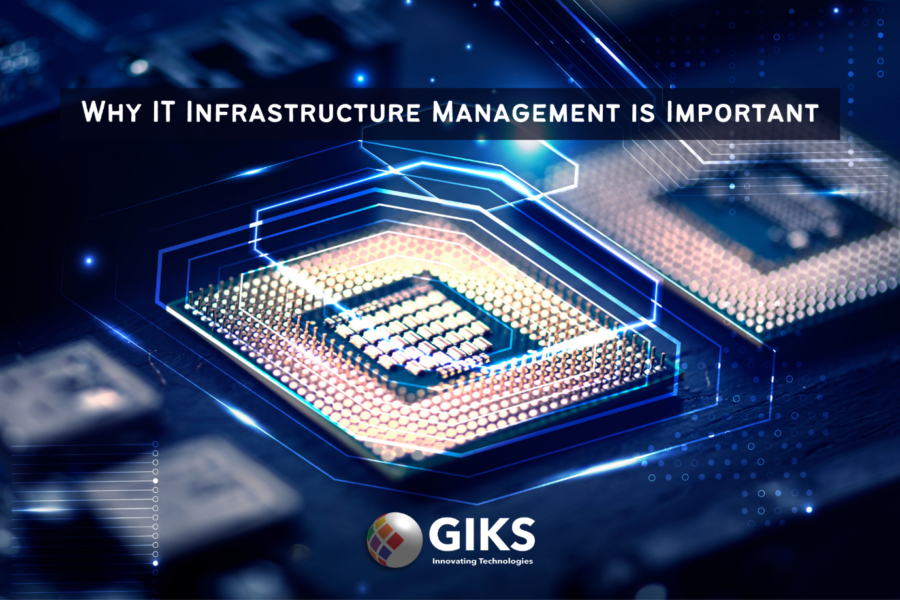Technology has impacted and enhanced the way companies do business, including communication, productivity, and the speed of options trading. For this reason, the importance of a managed IT infrastructure should not be underestimated.
Getting involved in IT infrastructure management means taking control of your organization’s IT environment and experience. In a digital environment, many factors are already beyond our control. The more control you can create, the better your business and technology stability.
What is IT Infrastructure Management?
Managing IT infrastructure can take many forms, from monitoring for viruses to scanning computers for signs that an update is on the way. The goal of IT infrastructure management is to achieve the overall effectiveness of IT processes, policies, data, people, devices and more.
Why is it critical?
Make Smarter IT Decisions –
Unless you already manage and monitor your IT infrastructure, you probably don’t know how your IT environment is behaving or performing unless an emergencies forces you to. By managing your IT environment, you can identify when systems need to be changed and updated, and when you need to mitigate risk. You’ll know when a patch is required, when you’re running out of storage, when it’s time to modernize technologies, and more, so you can find a solution before the condition becomes critical.
Limit Disasters –
Disasters can be indeed when you’ve taken all reasonable preventives, but if you’re serious about managing your IT infrastructure, you can reduce their circumstances and minimize the damage they cause. Install systems that help you monitor and detect threats before damage occurs. For example, monitor your backups for an unusually high number of recently modified files, you might discover ransomware viruses. GIKS India will help you with backup reports via email. As soon as you detect the presence of a malicious virus, remove the virus from your system and restore uninfected files from your backup to prevent data loss and downtime in the first place.
Improve user experience –
By knowing the status of your IT infrastructure at all times, you can create a better user experience. You can prevent sudden downtime and control it if required. When downtime is required for maintenance or other purposes, you can notify end users in advance so there are no surprises or limited inconvenience.
Keep productivity flowing-
If data is lost, deleted, corrupted or compromised, you can recover it if you have made the right decisions from an IT infrastructure management perspective. Protecting your IT infrastructure allows you to get better and recover business data in the event of a disaster, so end users still have access to the information they need to keep working without wasting time.
Reduce Costs –
When the unexpected happens, unexpected costs go hand in hand. If you don’t manage your IT infrastructure, you can’t predict and manage disasters when they happen. This reactive approach can result in long downtimes, extensive data loss, and many complications. By being proactive and managing your infrastructure upfront, you can save your business money during and after disasters and budget for upgrades you know are in the works. the horizon to avoid unexpected costs.
How to improve Infrastructure Management?
Optimizing your infrastructure to improve agility and simplicity helps you reduce the time, effort, and budget spent managing your IT infrastructure internally. By clarify your teams and processes, your team will be better able to identify vulnerabilities and necessary enhancement in your infrastructure, from faulty devices to suspicious activity and more.
The following tips will help you simplify your IT infrastructure to improve its resiliency while streamlining management:
- Implement virtualization to increase efficiency. This shifts your workload to fewer and more powerful servers.
- Back up your data in the cloud to avoid major data loss due to unexpected infrastructure failures.
- Build a ticketing system to streamline submissions and track the status of issues reported by end users.
- Monitor backup reports for signs of malicious activity. An unusually high number of recently modified files could be one of the first indicators that your business has been attacked by a ransomware virus.
- Invest in cloud services that allow your business to easily scale up and down as needs and technologies change.
